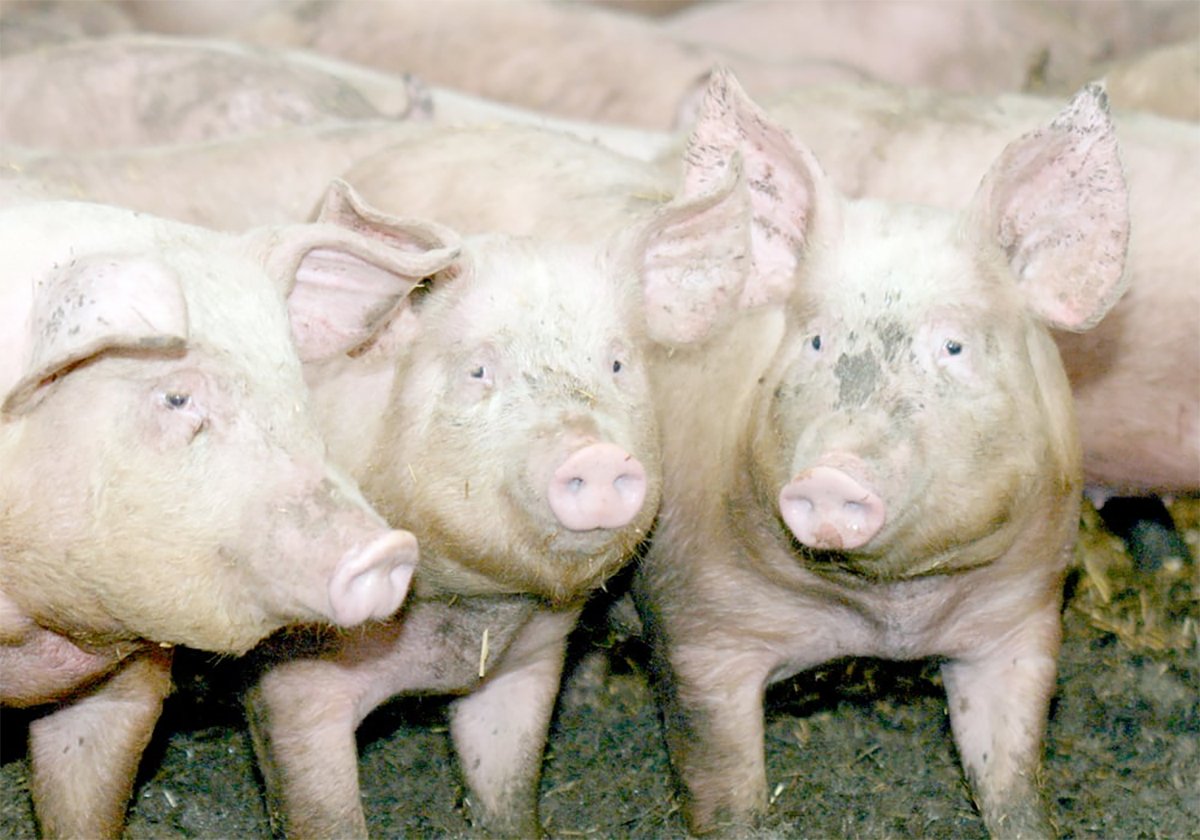DENVER, Colo. – A summer import program could bring 100,000 American
feeder calves into Alberta.
“The Canadian cattlemen are committed to having this program in place
by the end of March. That is our goal,” said John Morrison, president
of the Canadian Cattlemen’s Association.
Program proposals were outlined during a joint Canada-United States
committee meeting at the National Cattlemen’s Beef Association
convention in Denver last week.
If approved, Montana and North Dakota yearlings could enter Canada with
Read Also

The Western Producer Livestock Report – November 13, 2025
Western Producer Livestock Report for November 13, 2025. See U.S. & Canadian hog prices, Canadian bison & lamb market data and sales insights.
limited health restrictions between April and September.
The animals will have to receive anti-parasitic drugs and tetracycline
treatments for anaplasmosis. They will be identified with a Canadian
Food Inspection Agency tag and they can only enter designated terminal
feedlots. The cattle would not leave the quarantined area until
slaughter.
None are allowed to enter the Canadian herd as breeding animals.
Moving American feeders into the general population was a controversial
issue when the restricted feeder program started several years ago.
Regulations were tightened and movement was curtailed. Canadian
cow-calf operators were concerned that untested American animals could
spread disease in domestic herds.
“We view this as similar to what we used to call the northwest pilot
project. There are still some issues around risk assessment,” said
Dennis Laycraft, CAA executive vice-president.
“We will continue risk assessment and modify the rules further for the
summer of 2003,” he said.
Idaho cattle are not eligible due to a small threat of anaplasmosis.
Washington is at low risk for blue tongue, which prohibits cattle from
that state from entering Canada.
Cattle producers from Montana, the Dakotas, Idaho and Washington have
been pressuring Canada to accept their animals on a year round basis
for many years.
Canadian cattle can move without restriction into the U.S. feeder or
slaughter markets. The northern tier states contend their animal health
status is equivalent to Canada’s and they should have equal access to
the northern market.















